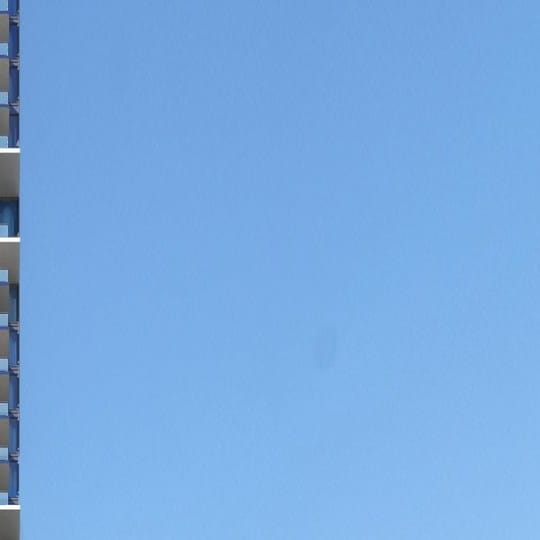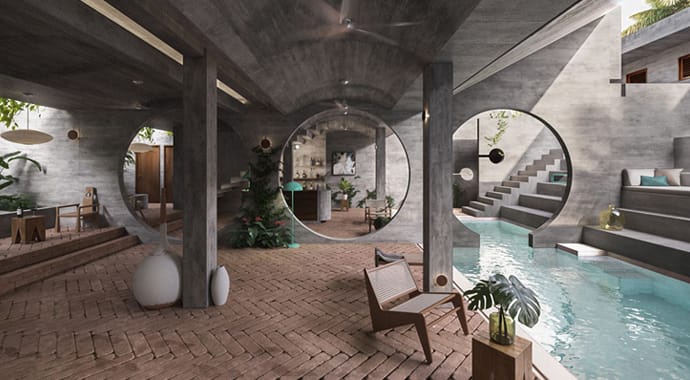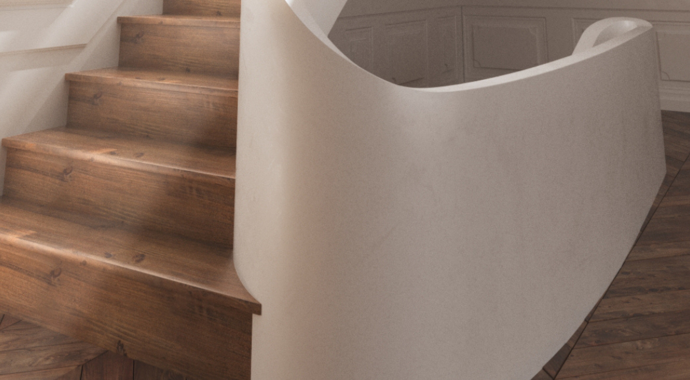Norm Li creates some of the best-looking arch-viz renders for the real estate development, architecture and design industries. The viz firm shares its top tips.
Canadian visual content studio Norm Li has established itself as one of the best in the business. The company's work ranges from enticing visualizations of the revitalization of Toronto’s 125-year-old Massey Hall venue, to a unique 101-storey twisting skyscraper in Melbourne, with everything from homely interiors to a horticultural growing system in-between.
Behind these projects and the company is Norm Li himself, who is as comfortable creating amazing renders with V-Ray for 3ds Max as he is hanging out of a helicopter to get the perfect shots of autumnal Toronto. Norm joins us for a chat about how he started the company, the secrets of its continued success and how it gets involved with local events and initiatives.
Read on for Norm Li’s top tips for building an inspirational arch viz studio.
How would you describe the studio in one sentence?
Norm Li: We're a group of artists who create engaging visual content for the real estate development, architecture and design industry to make them look their best.
Who are the main figures behind Norm Li?
NL: Our studio is a collective of strong leaders and artists so it's tough to highlight one individual without highlighting everyone! Having said that, our technology, education and community initiatives are spearheaded by myself, our Managing Directors Christophe Chevallier and Terry Sin, and our Director of Marketing Kimberly Valmeo.
What’s the story behind the company?
NL: I dropped out of school four months shy of completing my architecture degree. I had no interest in pursuing the profession. But I had to do something, so I joined a local studio in 2001. After about a year of being the only employee, I left to start my own studio. I spent the first five years freelancing for the best architecture and design firms in Toronto. In year five, I finally decided to build a team, which happened to be around the same time that Toronto began experiencing a huge boom in development of all kinds. We were lucky enough to ride that wave of growth to this very day.
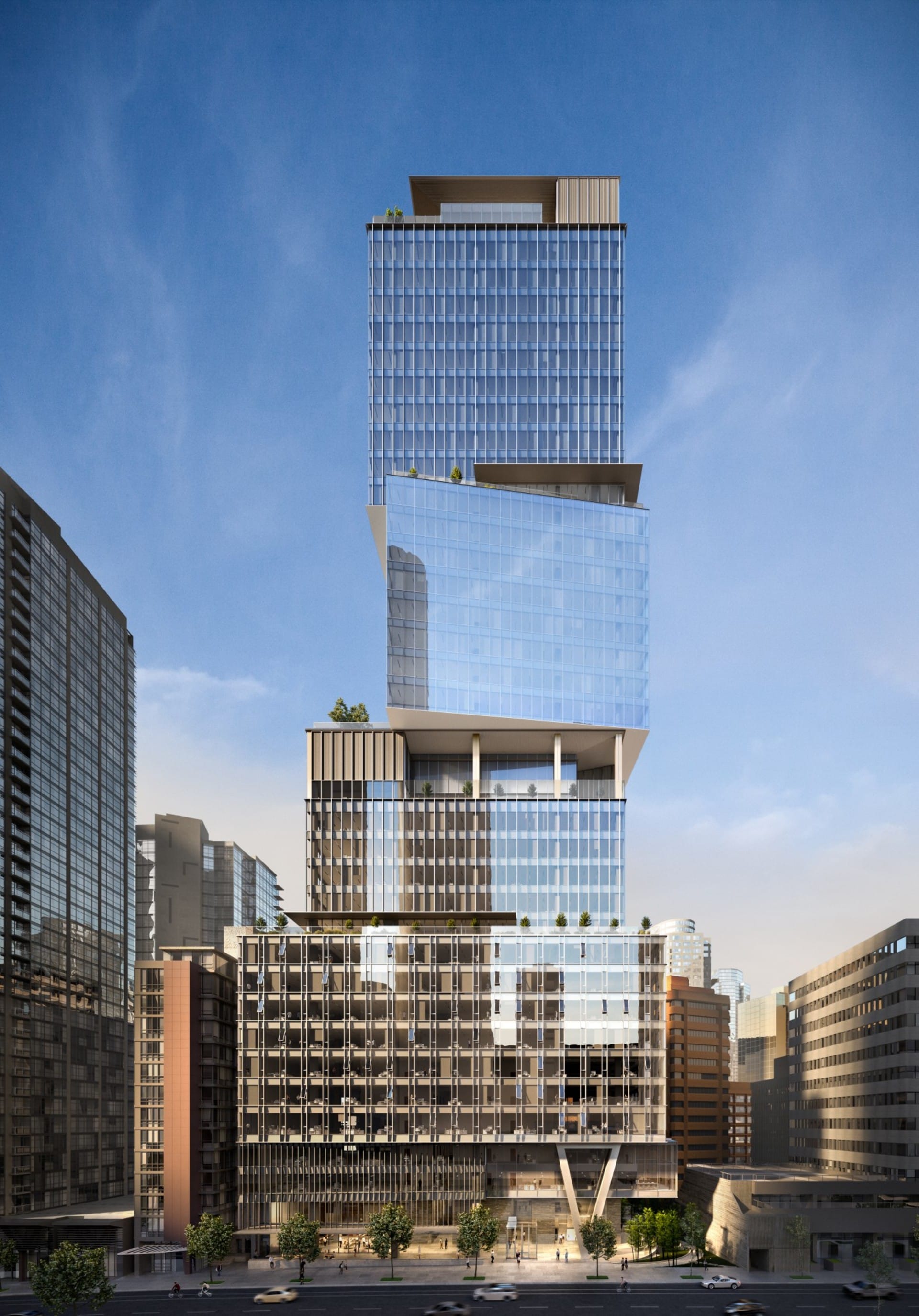
What are the secrets to building a successful arch-viz studio?
NL: I'd say there are a few things:
- It's hard work. We worked really hard in the initial years. We spent many hours perfecting our craft. These days, we work hard at making sure we're working smart.
- Know what the client actually needs. In the early days, we knew our work wasn't the best. But we understood that speed and legibility were more important for our clients. These days, we spend a lot of time working with our clients at the start of the process to make sure we are delivering a package that best achieves their results.
- Be resilient. We've had quite a few ups and downs in our history. We've learned from all our experiences and used them to improve key aspects of our practice.
What’s your pipeline and when did you add V-Ray?
NL: 3ds Max, V-Ray and a bit of Photoshop. We have been using V-Ray since 2007, since version 1.5.
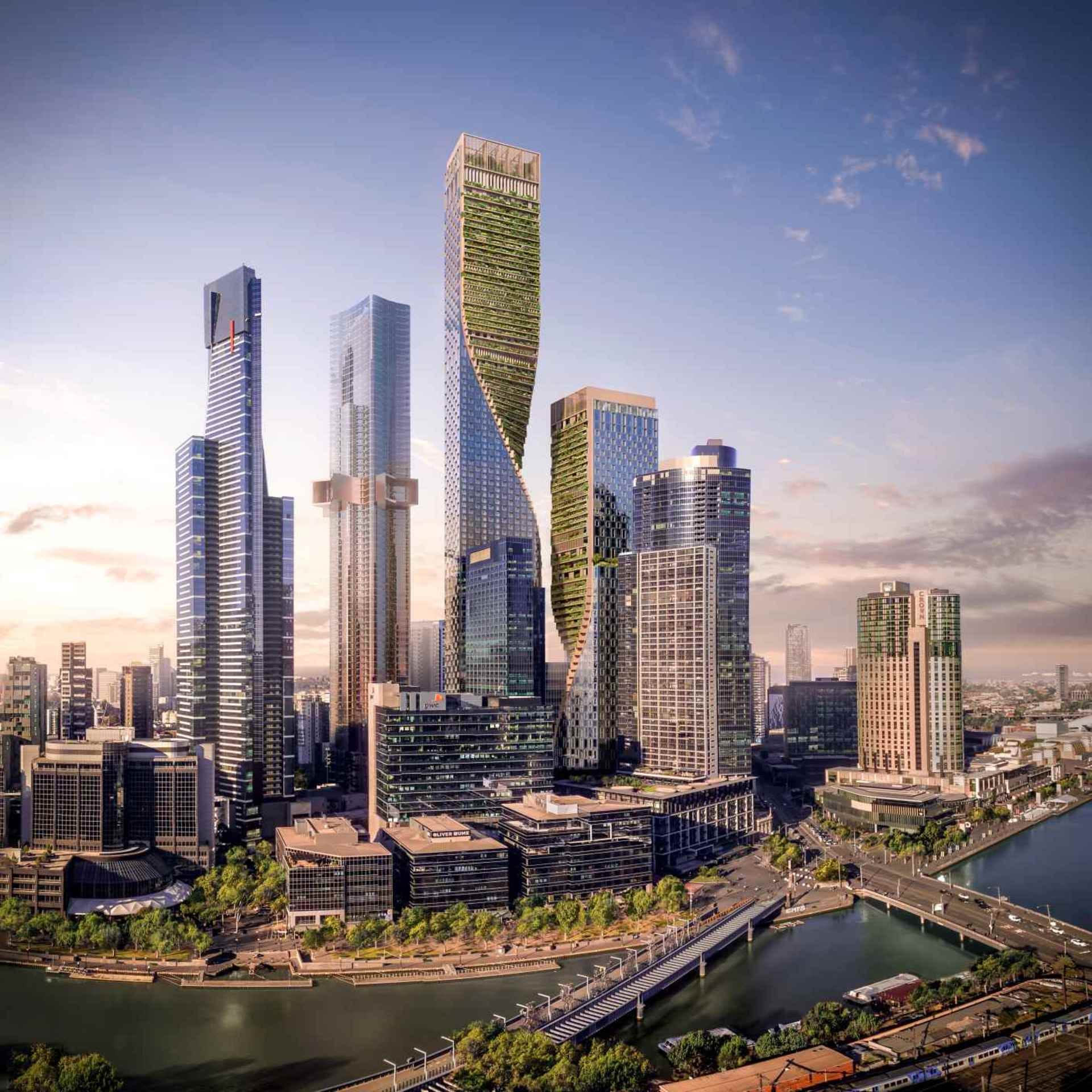
V-Ray becomes more optimized with each version … and the results look so much better!
Norm Li, Principal
Can you think of any projects which have pushed you out of your comfort zone? How did you and the studio adapt?
NL: So many! I'd say the very first one (which changed the way we did things forever after that) was the Jets/Giants Stadium in NYC around 2007. It was the first project where we used V-Ray. We had been using Scanline rendering up until then and the increased render times really threw me for a loop. I quickly figured out that I could buy renderfarms to support our main workstations and dramatically increase our speed. It also opened up the world of real Global Illumination (GI). Up until then we had been faking GI in Scanline with rings of point lights of varying colours.
A recent challenge in general has been moving away from heavy Photoshop post-production and trying to do more in the V-Ray Frame Buffer. We had been very reliant on post to finalize our images and fix problems on short timelines. It has been hard to break old habits. Luckily, with V-Ray becoming more optimized with each version and our process improving every year, this has been easier to do and, in the end, the results look so much better!
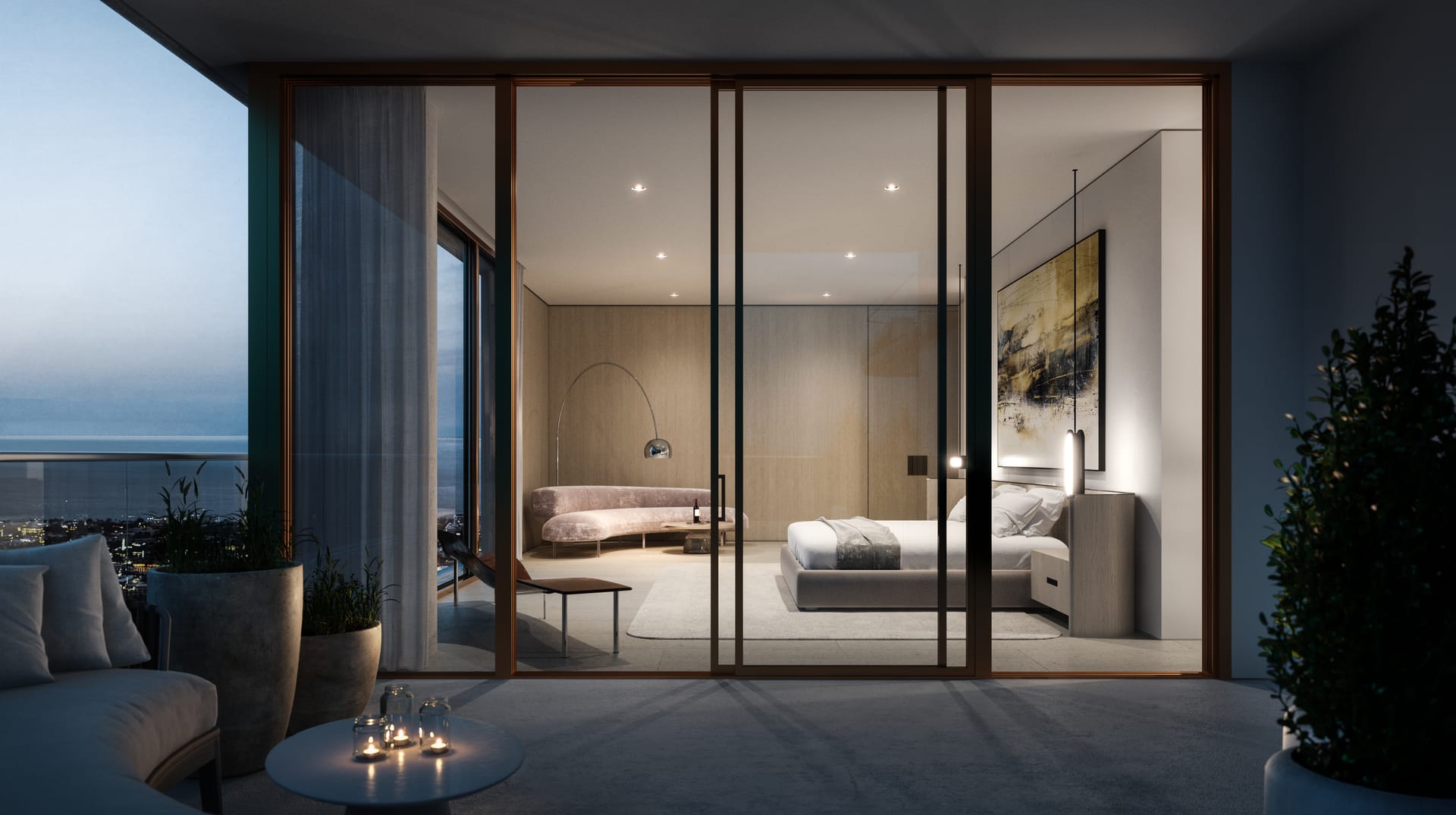
Is it a bird? No, it's Air Norm!
If you see a helicopter above Toronto, there's a pretty high chance it contains Norm Li and his keen eye for stunning aerial photography. Check out the dedicated @airnorm Instagram channel for more incredible shots:
How did your academic background contributе to your success?
NL: Architecture is the best education you can get. It's a bit of arts, a bit of engineering and a bit of math. What you can do with that knowledge is limitless. I do admit, though, I wish there had been some business classes in there too.
Many people reading this interview will be in the middle of trying to find their career aspiration. How did you find yours?
NL:
- Do what you love.
- Take chances.
- Never stop learning and growing.
- If you combine the above three things, eventually you will find whatever it is you're meant to do. I never thought I'd be running a studio with two locations across the globe. I just said yes to the opportunities I felt were right.
It's great that you have a passion for education and take part in many student-oriented initiatives. What are the rewards of doing this?
NL: I remember school being really academic. And I also remember my internships — although fun and informative — lacked guidance. Eventually, this combination turned me off the architecture profession. I think that if students are given a solid practical foundation in school, paired with good mentorship, they can go a lot further. And on a selfish level, they also graduate prepared to come directly into our studios with the proper training.
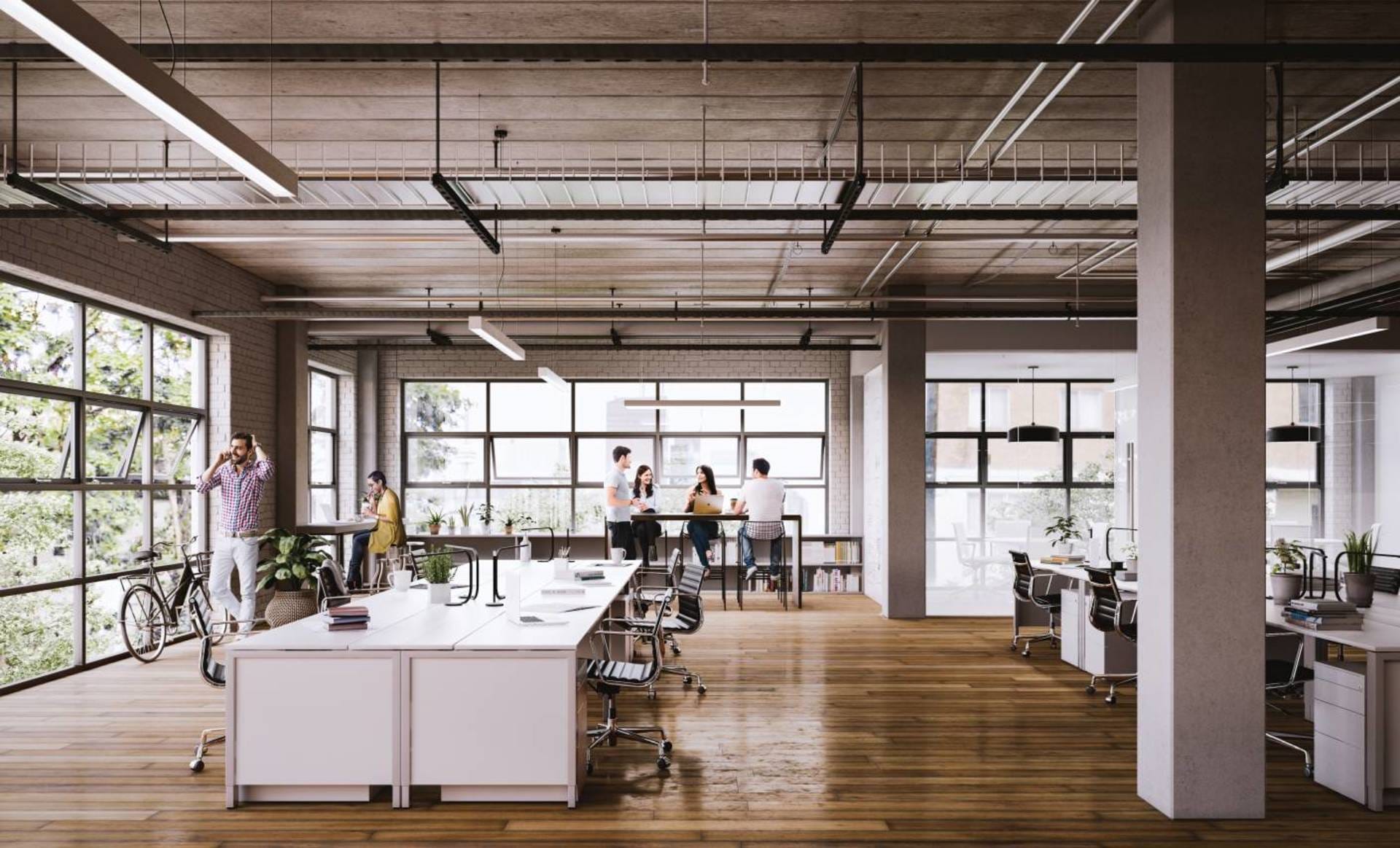
And which initiatives do you feel had the greatest impact on young professionals and their skills?
NL: Internships. You can't just go to school for five years and then expect to come out into the field. Studios need to give young people more exposure to real-life skills during their education. You shouldn't be using them for grunt work and coffee runs. We're typically able to take an intern who knows almost nothing and have them up and running in 30 to 45 days.
Over the years, how did you manage to keep up with the ever-growing need for talented young people?
NL: Culture. You can't win every time. But you have a better chance of attracting and keeping talent if you have a strong culture. Our team is the studio's most important resource. We try to treat our team with the highest respect and take care of their needs. We haven't always been successful with our culture. But we never give up on improving.
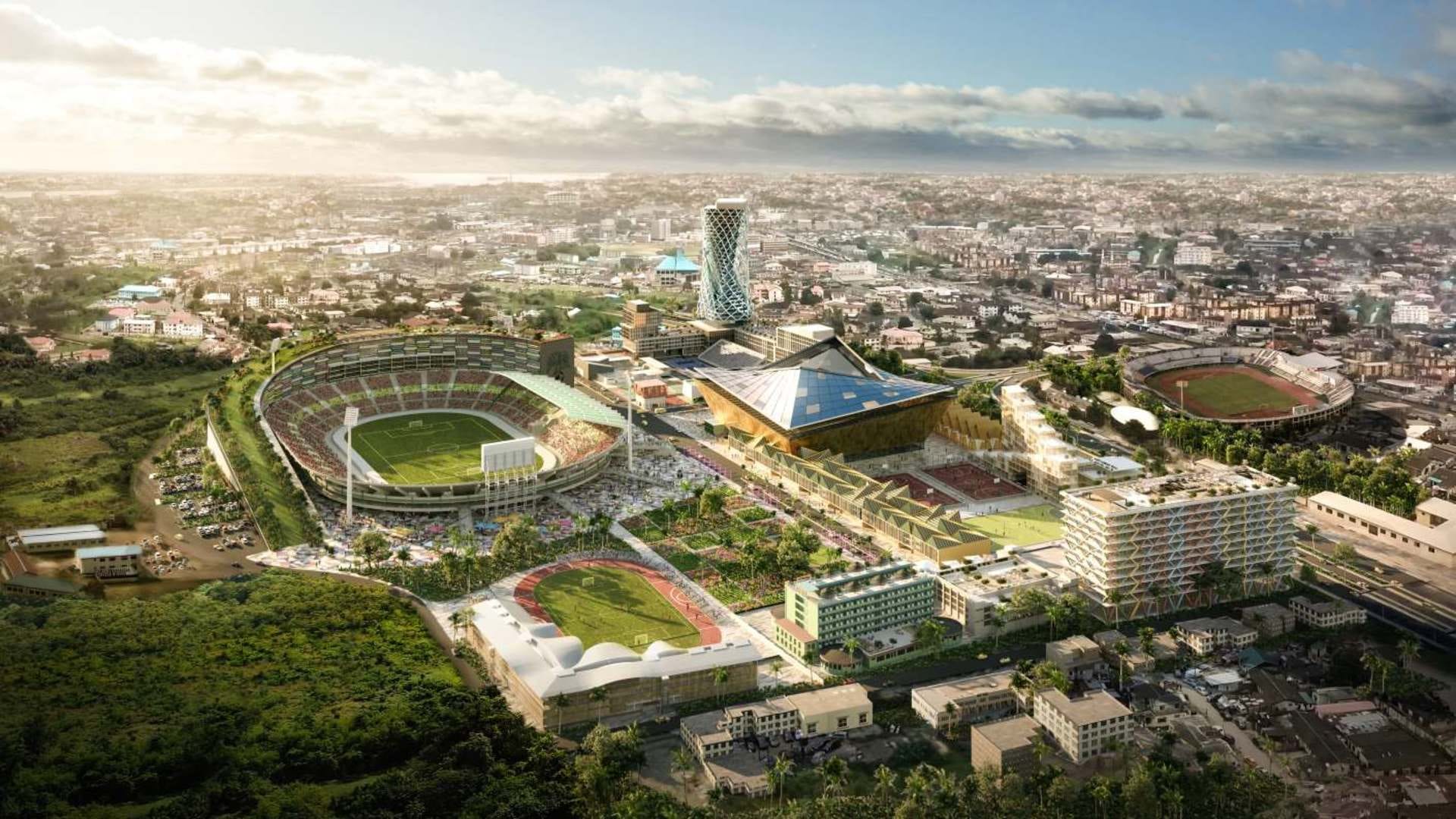
You're working with Chaos Group on the CAVIA event. What can attendees expect?
NL: CAVIA (Canadian Architectural Visualization Industry Association) is an organization dedicated to the support and advocacy of the architectural visualization industry in Canada. The founding members consist of six Toronto-based visualization studios: Norm Li, Cicada, Pureblink, Adhoc Studio, Designstor, and Klokwerks.
Our first event was sold out within 24 hours and had 100 attendees. Chaos Group’s Lon Grohs came in from LA and gave a really eye-opening keynote.
On October 7, in Toronto, we hosted an event called A Night at the Movies, which focused on best practices in arch-viz film making.
And on November 4, in Vancouver, we'll launch CAVIA at Pavillion Co-Working with the local studios there. Lon will be returning to give a keynote.
How do you manage to be #AlwaysBetter?
NL: It's hard. The main thing is to never believe you're the best, no matter how many times your clients say so. There's always some aspect of our practice that can be improved. We are living in a golden era of Arch Viz where inspiration and tutorials are readily available. And new technologies are popping up constantly.
There's so much room to be #AlwaysBetter:
- You have to be passionate about your pursuit.
- Be proud of your work.
- Continuously find new ways to exercise creativity.
- Put in your best work every time.
- Surround yourself with a strong team.
- Remember that ultimately, as arch viz artists, we are providing a service to our clients.
- And always operate with integrity.
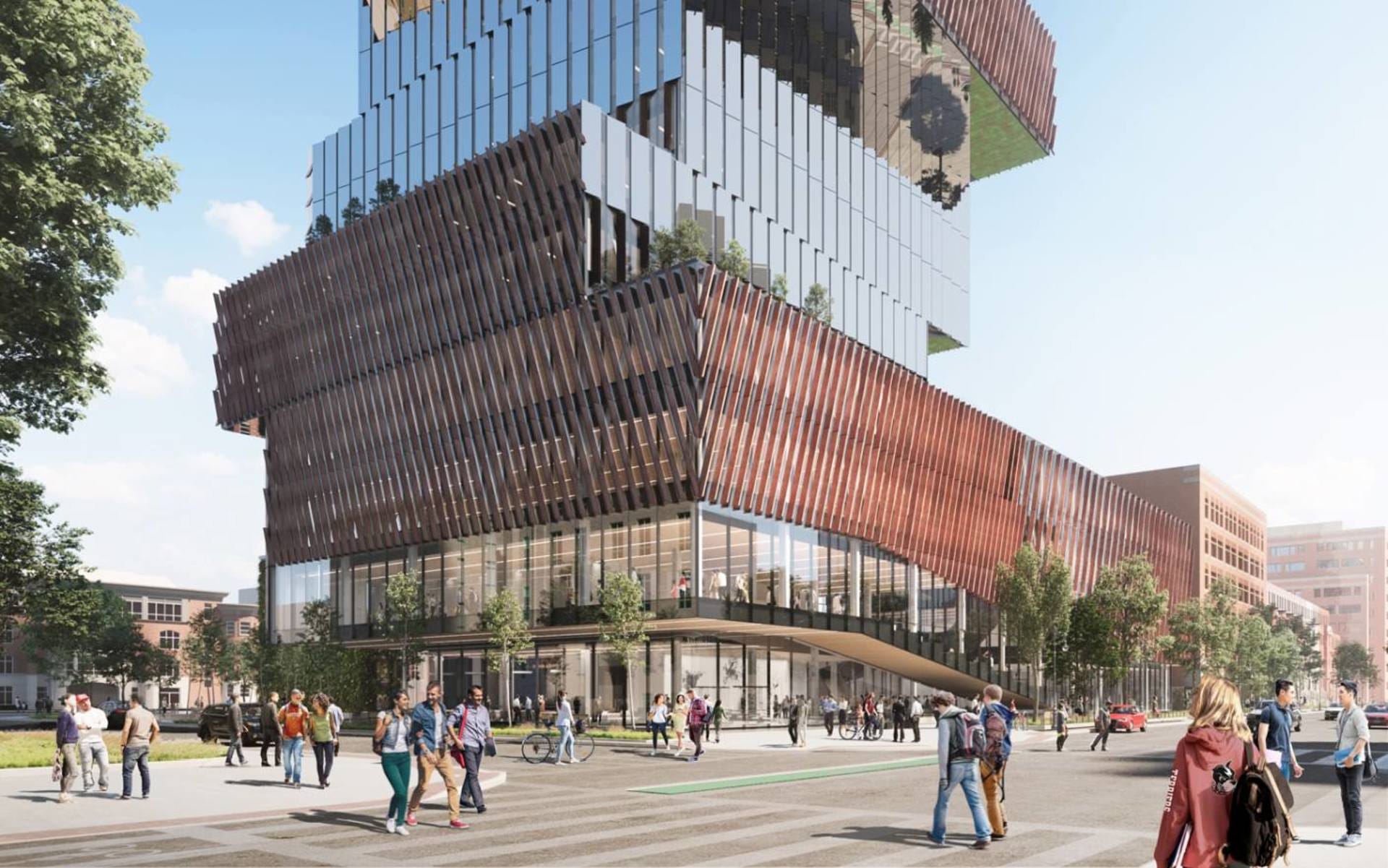
To wrap up this interview, please share your latest musing.
NL: The launch of CAVIA is an exciting time for the North American arch-viz community. Shout out to Fabio and Jason from D2, and Gianpiero, Roberto and Denise from SOA for showing us what's possible! We welcome anyone that wants to join in, just visit: http://www.canadianarchviz.ca.
Would you like to work at an arch-viz studio, like Norm Li? Find a Chaos Group Training Center near you, plus download a 30-day trial of V-Ray Next for 3ds Max.

